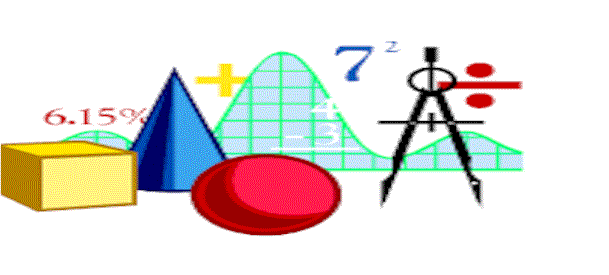
Example Brick new 015

|
Example Brick new 015
|
Returns:
Returns:
Returns:
Here are examples of the new function at work.
Here is the link to the current function used in this example.
Here are a number of links to other related functions.
| defmethod(Brick) | addMethod(Brick) | copy(Brick) |
Here are the links to the data types of the arguments used in this example. Here are a number of links to examples having similar argument types.
Brick

|
How do I contact the AIS Server team?You can always talk with the AIS at aiserver.sourceforge.net. |